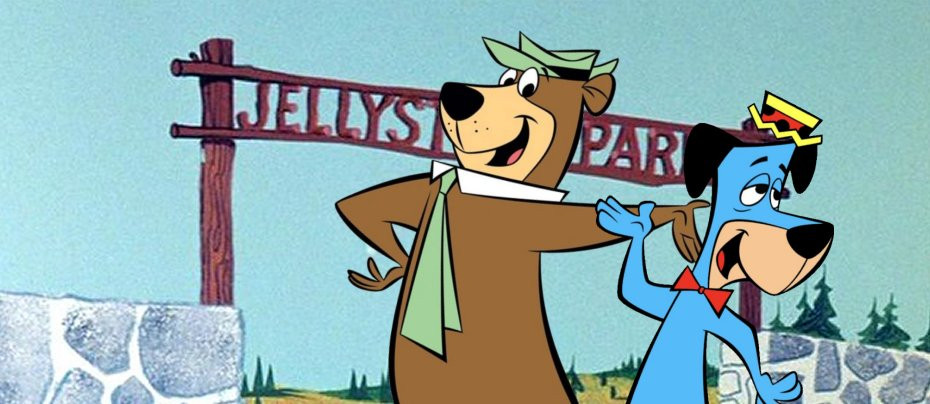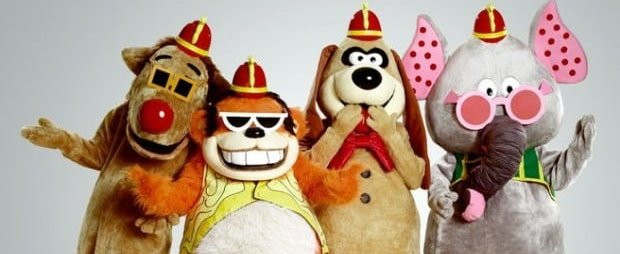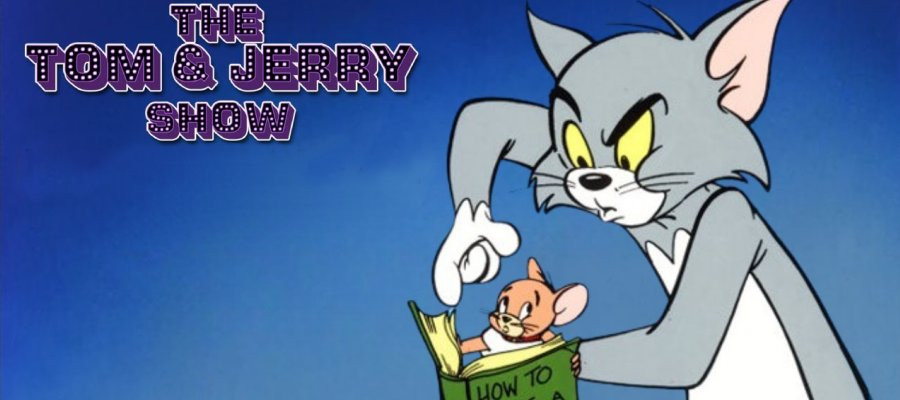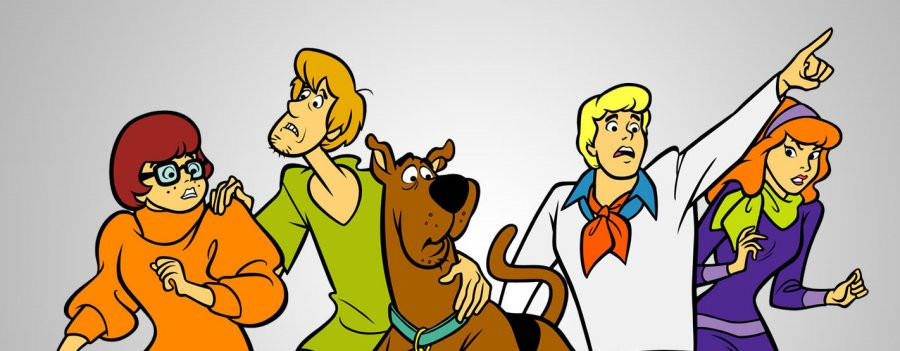
Huckleberry Hound and Yogi Bear
The 1960s were a transformative time for children's television. With the rise of animated shows, an entire generation of young viewers were introduced to some of the most iconic characters in cartoon history. Among the most beloved were Huckleberry Hound and Yogi Bear, two endearing characters created by the legendary Hanna-Barbera studio. These charming, mischievous characters not only entertained but also captured the hearts of millions of children across the world. Their impact on kids of the '60s was immense, as they offered a combination of humour, relatability, and warmth that was rare for animated characters of the time.
The Birth of Huckleberry Hound and Yogi Bear
Hanna-Barbera, the animation powerhouse founded by William Hanna and Joseph Barbera, revolutionised children's programming in the late 1950s and early 1960s. Their breakthrough was the creation of The Huckleberry Hound Show in 1958, which followed in the footsteps of Ruff and Reddy which became the first primetime animated television series on American TV. But it was Huckleberry Hound, the soft-spoken, blue dog who exuded a laid-back Southern charm, that won over the viewing public. He became an immediate hit with audiences, and his calm, lovable nature struck a chord with young viewers and in 1960 his was one of six shows that won an Emmy for Outstanding Achievement in the Field of Children’s Programming.
As big a hit as Huck was, it was the introduction of Yogi Bear in 1961 that truly solidified Hanna-Barbera’s dominance in the world of children's entertainment. Yogi made his debut as a secondary character on The Huckleberry Hound Show before quickly gaining his own spin-off, The Yogi Bear Show. Unlike Huckleberry Hound, Yogi was an exuberant, self-proclaimed "smarter than the average bear" who enjoyed getting into mischief in Jellystone Park. His catchphrase, “I’m smarter than the average bear!” became iconic, and his antics were the perfect blend of cheeky humour and innocence.
Appealing to the Kids of the 1960s
In the 1960s, the world was changing rapidly. Television became the primary source of entertainment for children, and there was a growing desire for animated content that could entertain while also providing a moral lesson. Both Yogi Bear and Huckleberry Hound fit this mould, though in very different ways. Huckleberry Hound’s slow, measured manner and his often laid-back approach to problem-solving made him a calming presence in a world that was beginning to move at a faster pace. For children, there was something reassuring about his unhurried nature—he wasn’t in a rush, and his gentle humour helped make the world of cartoons feel warm and familiar.
Yogi Bear, on the other hand, captured the imagination of children with his boisterous personality and humorous attempts to outsmart his human adversaries. His relationship with his companion, Boo Boo, offered an endearing dynamic that children could relate to. Yogi’s schemes—usually centred around stealing pic-a-nic baskets from park visitors—were not only funny but also offered a sense of adventure that children adored. The antics of Yogi and Boo Boo made for a delightful escape from the often more structured and controlled nature of real life.
The Cartoon Format and Its Impact
The 1960s were also a time when the format of animated series began to evolve. Shows like The Yogi Bear Show and The Huckleberry Hound Show adopted a format that was perfect for the short attention spans of young children. Episodes were typically structured around a series of brief, self-contained stories that featured a simple problem and its resolution. This format worked well for the 1960s audience, as children could easily follow the plots, and the humour was delivered in bite-sized pieces that kept them engaged.
In addition, the animation style of Hanna-Barbera was iconic in its own right. The clean, simple lines of the characters were easy for kids to understand and recognise. The limited animation style (which relied on fewer frames per second) allowed for faster production, meaning that these shows could be delivered regularly to viewers. This method ensured that both Yogi Bear and Huckleberry Hound became household names, with kids eagerly anticipating their next adventures week after week.
Enduring Popularity
The lasting impact of Yogi Bear and Huckleberry Hound can still be seen today. These characters have remained staples of American pop culture, and both have had various revivals over the decades. Yogi Bear has been the subject of films, television specials, and even theme park attractions, while Huckleberry Hound has also had his moments of fame in various media.
However, it was in the 1960s that their influence was most keenly felt. The characters provided young viewers with an escape from the everyday world, offering a perfect blend of light-hearted entertainment and moral lessons. For kids in the 1960s, Yogi Bear and Huckleberry Hound were not just cartoons—they were friends, guides, and companions in a world that was ever-changing and full of possibilities.
In a way, these characters embodied the optimism and curiosity of childhood itself—Yogi, with his endless mischief and good-natured personality, and Huck, with his quiet wisdom and sincerity. Together, they provided an enduring snapshot of the innocence and joy that animated television could bring to young viewers. For children of the 1960s, Yogi Bear and Huckleberry Hound weren’t just cartoons—they were icons.
Published on February 19th, 2025. Garth Eren.





